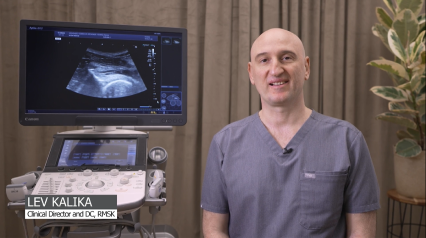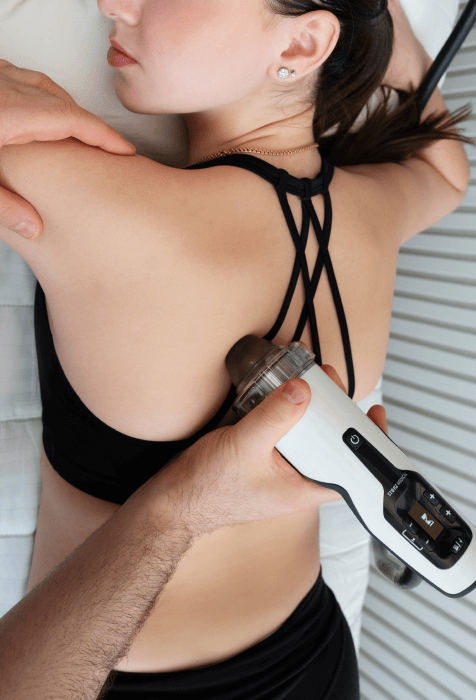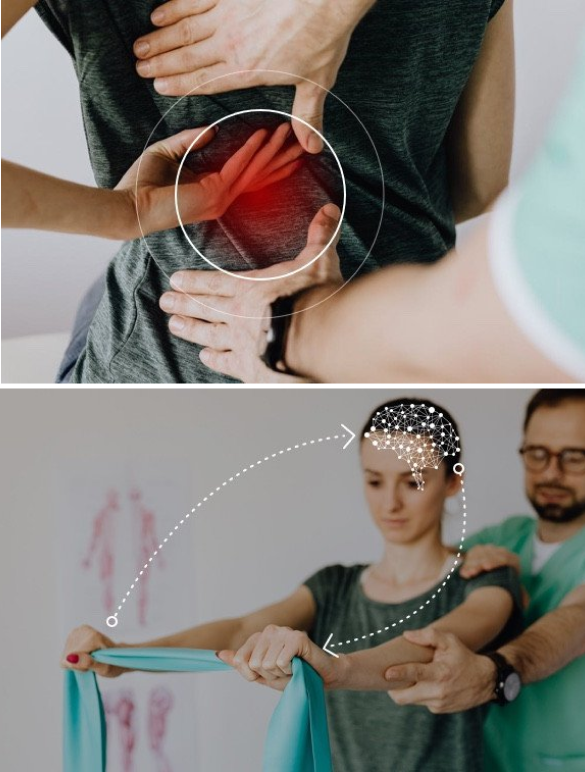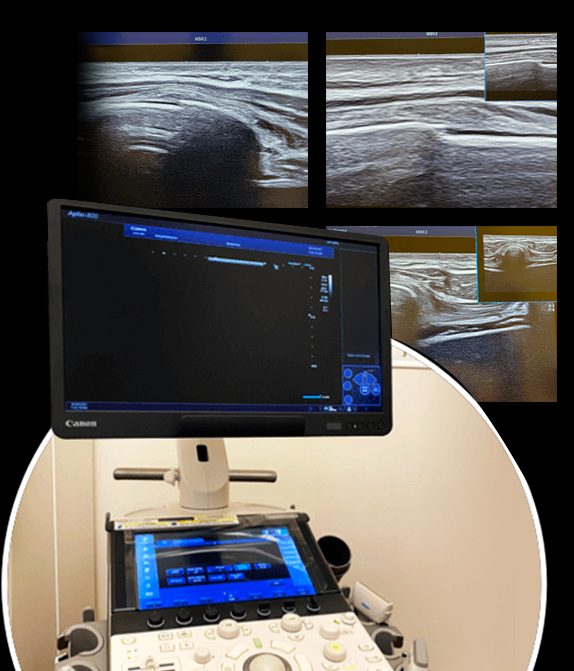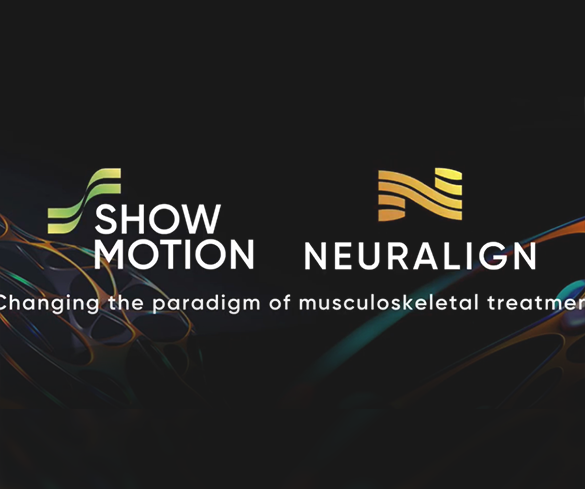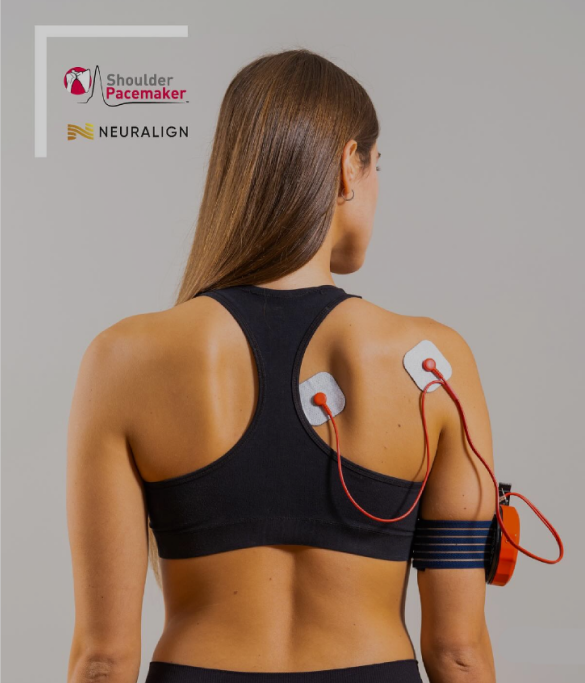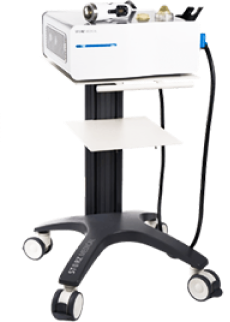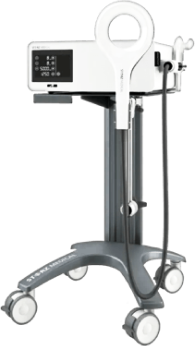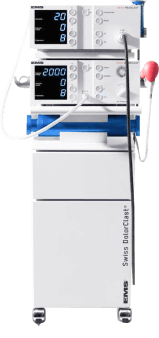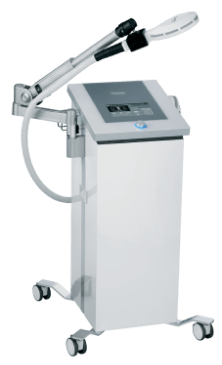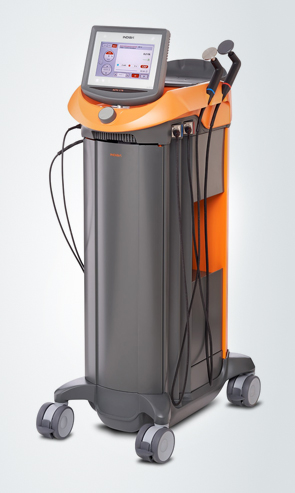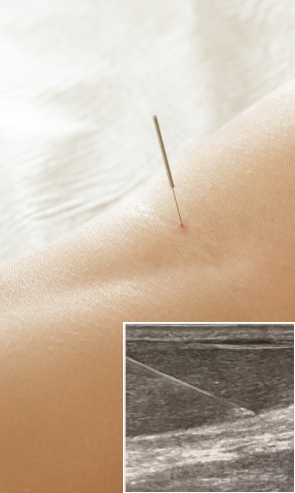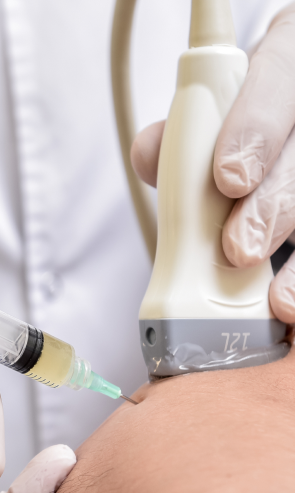Dr. Kalika , NYDNRehab clinical director, is an internationally recognized expert in the field of human movement disorders, with multiple scientific publications to his credit. His research topics include:
- Ultrasound guided dry needling
- Back pain
- Diagnostic musculoskeletal ultrasonography
- Extracorporeal shockwave therapy (ESWT)
- 3D motion and gait analysis
Dr. Kalika is certified in multiple evidence-based therapy approaches. His clinic boasts the most advanced technologies available for treating pain syndromes and movement disorders. Such advanced technologies are found in only a small fraction of private clinics, and are rarely available to the general public.
Dr. Kalika specializes in high resolution diagnostic musculoskeletal ultrasonography. Ultrasound imaging enables us to detect middle back conditions such as scapular dyskinesis and issues affecting the nerves of the trunk, which are the most frequent causes of middle back pain.
Dr. Kalika has over 20 years of experience in DNS therapy, the thoracic ring approach, shockwave therapy (ESWT), and ultrasound guided dry needling. His experience and expertise make him one of the world’s most versatile practitioners for mid-back pain and thoracic spinal disorders. Hundreds of patients rely on Dr. Kalika for the best middle back pain chiropractic treatment.


